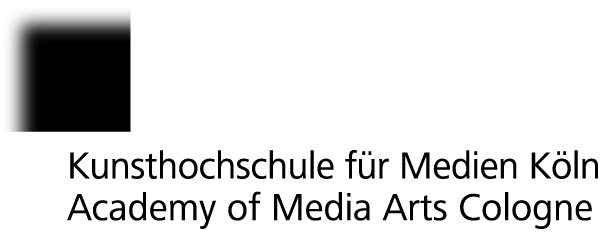Pablo Abend & Thomas Hawranke
Deep Hanging Out with the supposedly savage. Animal-human relationships in computer games (2016)
The article asks about the design of animal-human encounters in computer games. As an interactive medium, the computer game has the potential for the simulated implementation of an equal-ranking animal-human relationship, such as Haraway's concept of mutual response (Haraway 2008). On the one hand, relationships between a human and an animal actor within the game world are negotiated (Szarycz 2011), on the other hand an animal-human relationship between the human player and the programmed animal can take place directly. The animal must be understood as part of the media artefact of the computer game, which becomes an integral part of the shared world of player and game at the moment of playing. The aim is to identify moments in which animals can be seen as actors endowed with the power to act in social relationships. This is understood to mean an expanded understanding of the role of animals that goes beyond an ornamental function of the animalistic. The following fields serve as heuristic differentiation criteria for the representation of relationships: (1) Animals are part of a more comprehensive simulation of the wild and the wildlife (ornament), which often turns into an antagonistic situation between the two actors, (2) Animals are addressed as farm animals and serve human needs (domestication), which can be described as an economic dependency relationship, and (3) Animals are equal to humans and act as equal actors (cooperation). The latter relationship can be characterised as friendly, whereby at this point the relationship must be examined for the degree of autonomy of the animal (Jevbratt 2009). Using selected examples, the article asks which animal-human pairings can be distinguished in computer games and what else the computer game could achieve in this discourse. To this end, we conceptualise computer games as media of cooperation (Schüttpelz/Gießmann 2015), which open up a utopian space of possibility for trial treatments in the animal-human relationship.
More information (in German)︎︎︎
Haraway, Donna (2008), When Species Meet, University of Minnesota Press: Minneapolis, S. 3-44.
Jevbratt, Lisa (2009), Interspecies Collaboration - Making Art Together with Nonhuman Animals, The Minding Animals Conference: Newcastle, Australia.
Szarycz, Gregory S. (2011), “The Representation of Animal Actors: Theorizing Performance and Performativity in the Animal Kingdom”, in: Taylor, Nik / Signal, Tania, Theorizing Animals. Rethinking Humanimal Relations, Brill Academic Pub: Leiden / Boston, S. 149-174.
Schüttpelz, Erhard/Gießmann, Sebastian (2015), “Medien der Kooperation. Überlegungen zum Forschungsstand”, in: Navigationen 15 (1), S. 7-54
